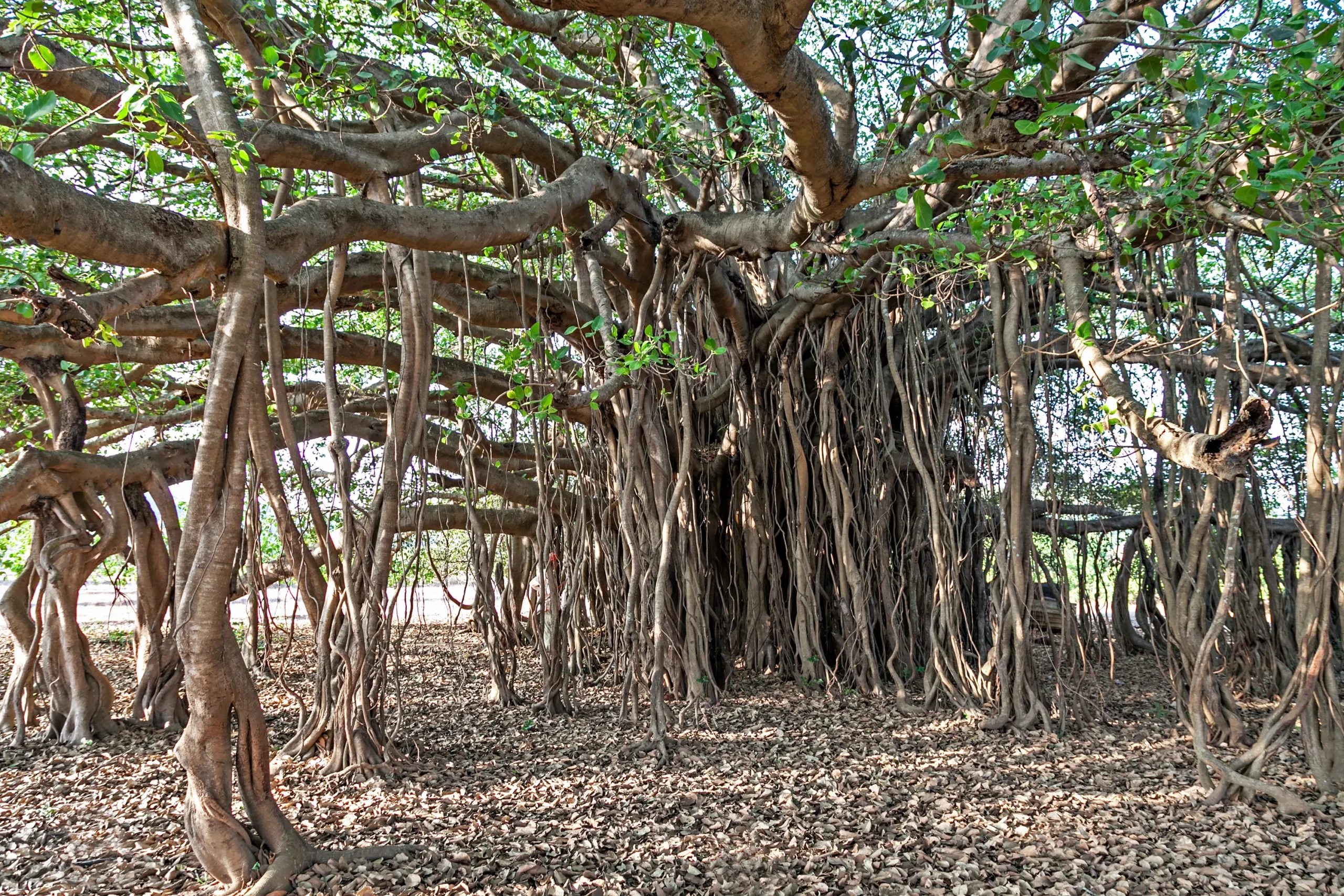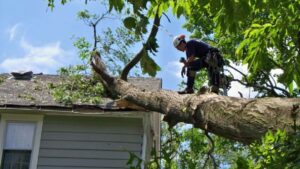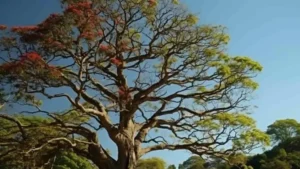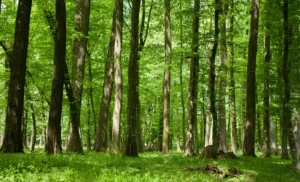Understanding Tree Removal Laws in Nevada (2024 Update)
In Nevada, tree removal is regulated by local municipalities and counties rather than by a statewide law, which means that property owners, developers, and contractors need to be aware of the specific rules and regulations that apply in their city or county. While Nevada doesn’t have a universal law for tree removal across the state, local jurisdictions have created ordinances to protect their urban canopies, manage tree health, and ensure public safety. This guide provides an overview of tree removal laws in Nevada, key local regulations, and guidance on how to comply with these rules effectively.
Statewide Overview: Nevada’s Approach to Tree Removal
Nevada does not have a centralized tree removal law that applies to all trees across the state. Instead, the responsibility for regulating tree removal falls to local city and county governments. While there are some general considerations, such as maintaining public safety and preventing damage to property, it’s critical to check with your local government before proceeding with any tree removal.
- Safety and Hazardous Trees: Across the state, if a tree poses an immediate safety hazard (such as a diseased tree that threatens to fall), most local laws allow for its removal without a permit. However, you should still document the condition of the tree and notify the local authorities if possible.
- Tree Health: Local laws typically promote the health of trees, and some species or larger trees are protected to maintain the environment and aesthetics.
For detailed statewide information on general tree care and guidelines, you can refer to the Nevada Division of Forestry: Nevada Division of Forestry.
Local Regulations: City and County Tree Removal Ordinances in Nevada
Local ordinances in Nevada set specific guidelines on how tree removal should be handled. Here is a breakdown of how different cities in Nevada regulate tree removal and the processes property owners should follow.
City of Las Vegas
Las Vegas has specific tree removal rules that aim to preserve its urban forest and enhance the city’s aesthetics and environmental quality. These regulations are found in the Las Vegas Municipal Code, Title 13, which focuses on maintaining trees as part of city infrastructure.
Key Points of Las Vegas Tree Removal Law:
- Permits for Public Trees: Any tree located on public property or within public rights-of-way (such as sidewalks, parks, and street trees) is managed by the city. Removing or trimming these trees requires permission from the City of Las Vegas Department of Parks and Recreation.
- Commercial and Planned Development: Commercial properties and any developments approved with a landscape plan must adhere to tree protection and replacement guidelines. If a tree removal is part of development or construction, a permit and replacement plan are required.
- Residential Property: For trees located on private residential property, a permit is not typically required unless the tree is part of a shared streetscape or public infrastructure.
Property owners can contact the Las Vegas Planning Department for specific questions about tree removal in the city.
City of Henderson
The City of Henderson has a robust set of landscape regulations that include requirements for tree protection and removal, particularly for trees located on commercial properties and public spaces.
Henderson’s Tree Removal Rules:
- Permits for Significant Trees: If a tree is considered significant due to its size, species, or location, a permit may be required for its removal. Henderson’s landscape standards define “significant trees” that contribute to the city’s green space.
- Commercial and Industrial Properties: Properties zoned for commercial or industrial use require a permit for tree removal, along with a plan for replacement or mitigation.
- Residential Property Considerations: For trees located on private residential properties, a permit is generally not required unless the tree is part of a planned landscape area that was part of city-approved development.
For detailed guidelines, residents and developers should refer to Henderson Municipal Code, Title 19 or contact the city’s Community Development and Services Department.
City of Reno
Reno’s tree removal laws are driven by an effort to maintain the city’s natural beauty, especially for public and heritage trees that contribute significantly to the environment. These laws are specified in the Reno Municipal Code, Chapter 8.
Key Tree Removal Regulations in Reno:
- Street and Public Trees: Trees located on public streets or within city parks are managed by the City of Reno Urban Forestry Division. Any trimming, pruning, or removal of these trees requires a city permit.
- Permits for Protected Trees: If a tree is designated as a “heritage tree” or if it is a species that is considered important to the local ecology, the removal will require a permit and adherence to replanting or mitigation requirements.
- Construction and Development Projects: For any construction or development projects that might impact existing trees, developers must include a Tree Protection Plan as part of their overall development application.
Property owners can learn more by visiting the Reno Urban Forestry Division website or contacting the Reno Planning Department.
General Tree Removal Guidelines in Nevada
Although specific rules vary from one city to another, there are some general principles that apply to tree removal across most jurisdictions in Nevada.
Private Residential Property Tree Removal
- Permits Often Not Needed: In most cases, private homeowners do not need a permit to remove a tree on their own property, provided it is not a protected or heritage tree.
- Notify Neighbors If Necessary: If a tree is located near a property line or has branches that overhang a neighbor’s property, it is courteous (and sometimes required) to notify them before removal.
Commercial and Development Property Tree Removal
- Tree Removal Permits and Plans: Commercial property owners and developers are typically required to submit a tree removal permit application, which may include details like the species, size, location, and condition of the tree(s).
- Mitigation Requirements: When a tree is removed from a commercial property, local ordinances may require the planting of replacement trees or payment into a city tree fund.
Trees That May Require Special Consideration
Certain species of trees or those located in specific areas may be protected under Nevada’s local ordinances. Here are some instances when special consideration may be necessary:
Protected Species and Heritage Trees
- Local Protection Lists: Some cities maintain a list of protected species, such as large native trees like Pinyon Pine or Nevada Juniper. These trees may be given special status due to their ecological or cultural significance.
- Heritage and Landmark Trees: Trees that are particularly old, large, or historically significant may be designated as heritage or landmark trees, requiring additional documentation and permissions for removal.
Street Trees and Trees in Public Spaces
- Trees located on public streets, sidewalks, parks, or any other public property often fall under municipal care. Their removal typically requires a permit from the city’s urban forestry or parks department.
Steps to Legally Remove a Tree in Nevada
If you need to remove a tree in Nevada, follow these general steps to ensure compliance with local laws:
1. Identify the Tree’s Location and Status
Determine if the tree is on private property, public property, or within a protected area. Check if it is a species that requires special permits or if it’s part of a conservation area.
2. Check Local Ordinances
Each city or county has different rules. Visit your local government’s website or contact the planning department or urban forestry division to understand the regulations that apply to your tree.
3. Apply for a Permit (If Required)
If your city requires a permit for tree removal, submit a completed application with all necessary documentation, such as photos of the tree, an arborist’s report (if needed), and a site plan.
4. Follow Permit Conditions
If a permit is granted, be sure to follow any conditions specified, such as tree replacement, mitigation payments, or specific methods for safe tree removal.
5. Hire a Professional (Optional)
If you’re uncertain about the removal process, consider hiring a certified arborist who is familiar with local regulations to assess the tree and provide guidance.
Penalties for Illegal Tree Removal
Failure to comply with local tree removal ordinances can lead to penalties, including:
- Fines: These can range from $100 to several thousand dollars per tree, depending on the severity of the violation and the location.
- Replacement Requirements: Property owners may be required to replace illegally removed trees with multiple new trees or pay into a city tree fund.
- Legal Action: Serious violations, such as unauthorized removal of heritage or public trees, can lead to legal action and additional consequences.
Resources for Further Guidance
To ensure that you follow the correct tree removal laws in Nevada, use the following resources:
- Nevada Division of Forestry: Offers state guidance on tree management – Nevada Division of Forestry
- City of Las Vegas Urban Forestry Division: Find information on public tree care and permits.
- City of Reno Planning and Urban Forestry: Contact them for tree removal applications and heritage tree information.
- City of Henderson Planning Department: Check the local code for tree removal guidelines and landscaping rules.
Conclusion
Tree removal laws in Nevada vary greatly depending on the city or county in which you live or work. Understanding your local ordinances is essential before undertaking any tree removal to avoid fines, penalties, or legal complications. Always consult your local planning department or an arborist to ensure compliance and to contribute responsibly to the health of Nevada’s urban canopy and natural environment.




